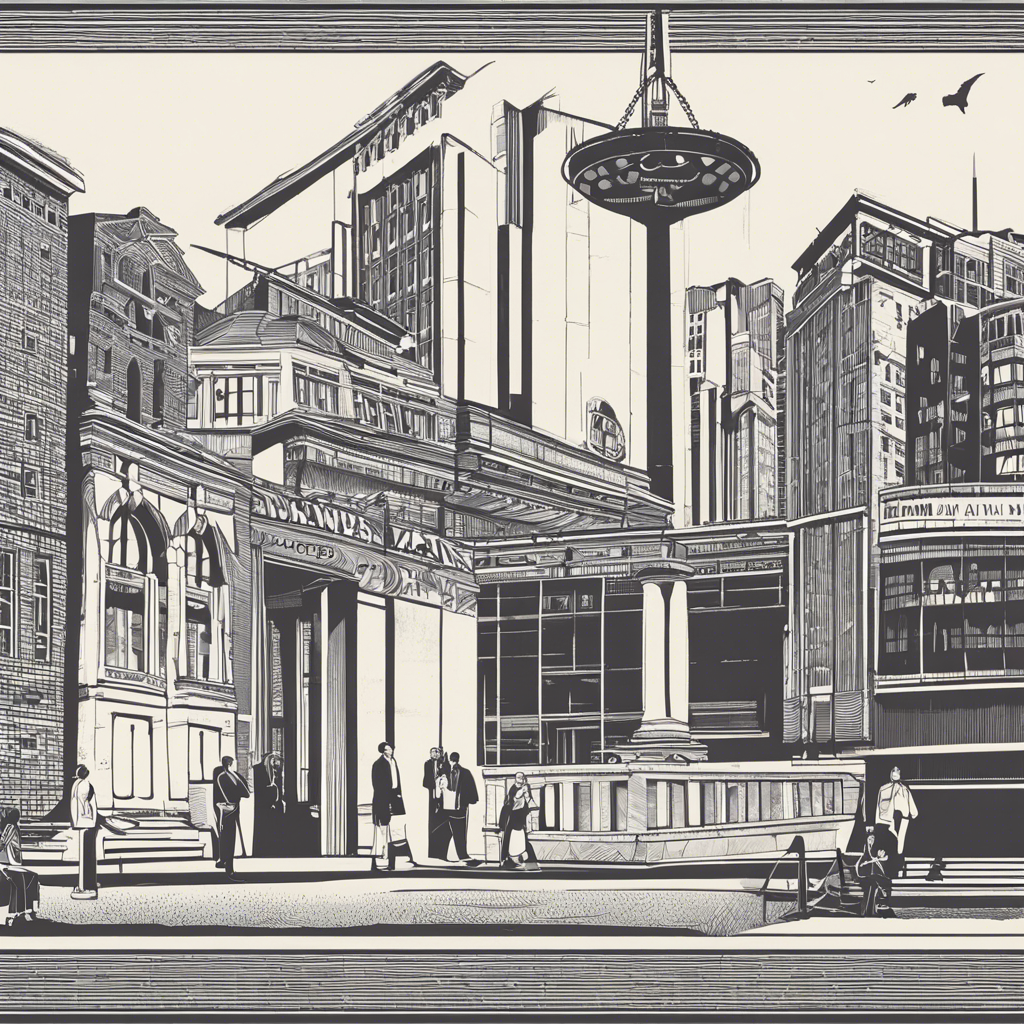A comparative study of legal aid services offers insights into accessibility and quality for low-income individuals, analyzing key differences and similarities.
In the realm of legal services, ensuring accessibility and quality for low-income individuals is paramount. Legal aid organizations play a crucial role in providing support to those who may not otherwise have access to justice. This comparative study aims to delve into the diverse landscape of legal aid services, examining their structure, funding, and impact on low-income communities. By analyzing various programs, we can uncover best practices and identify areas for improvement, ultimately working towards a more equitable legal system.
Legal aid services are designed to bridge the gap between the legal system and vulnerable populations. These services are often provided by non-profit organizations, government agencies, or pro bono initiatives within the legal profession. Understanding the intricacies of these programs is essential to appreciating their role in promoting access to justice.
## Comparative Analysis of Legal Aid Models
### **Diverse Approaches to Legal Aid**
Community-Based Legal Clinics
These clinics are locally embedded and offer comprehensive services to low-income residents. [Legal Clinic Resources](https://legalservicesindia.com/legal-clinics-in-india/) provide a valuable starting point for those seeking assistance.
National Legal Aid Networks
National-level organizations, such as the [American Bar Association’s Legal Aid Network](https://www.americanbar.org/groups/delivery_of_legal_services/pro-bono/national-projects/national-legal-aid-and-defender-association/), offer a centralized approach, providing support and resources to local legal aid programs.
### Key Components of Effective Services
Funding and Sustainability
The stability of legal aid services is heavily influenced by funding sources. Sustaining these programs requires a diverse funding portfolio, including government grants, legal fees, and private donations. Exploring innovative funding models can ensure the long-term viability of legal aid.
Accessibility and Outreach
Effective legal aid services prioritize accessibility. This involves establishing physical presence in communities, leveraging technology for online services, and conducting outreach to educate individuals about their rights and available support. [Legal Aid Toolkits](https://www.americanbar.org/groups/delivery_of_legal_services/resources/2020-legal-aid-toolkit-a-guide-to-supporting-legal-aid/) are valuable resources for both legal aid providers and those seeking assistance.
### **Impact on Low-Income Communities**
The success of legal aid services is measured by their ability to empower low-income individuals. This includes providing access to legal information, representation in court, and assistance with various legal matters. By analyzing case outcomes and client satisfaction, we can assess the impact of these services on the lives of the underserved.
### Frequently Asked Questions
How do legal aid services help low-income individuals?
Legal aid services provide free or low-cost legal assistance to those who cannot afford it. This includes advice, representation, and education on legal rights, ensuring equal access to justice for all.
What types of legal matters do these services cover?
Legal aid organizations handle a wide range of issues, including family law, housing, employment, immigration, and consumer rights, addressing the diverse legal needs of low-income communities.
## Conclusion
The comparative study of legal aid services highlights the importance of tailored approaches to meet the unique needs of low-income individuals. By examining diverse models, funding strategies, and community engagement, legal aid providers can enhance their impact. The ultimate goal is to create a more just society where legal assistance is accessible to all, regardless of socioeconomic status. This study contributes to the ongoing dialogue on improving legal aid services, ensuring they remain a vital resource for those in need.
